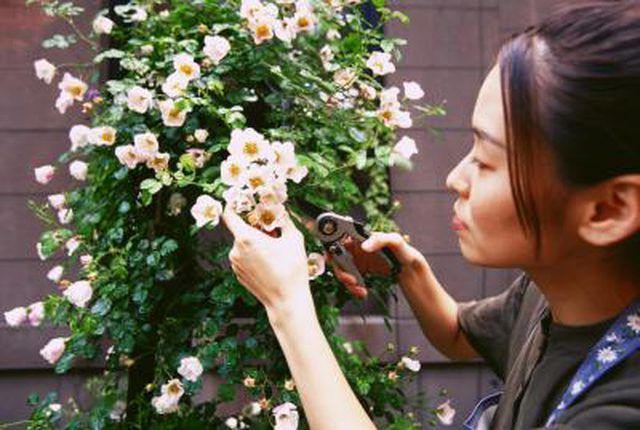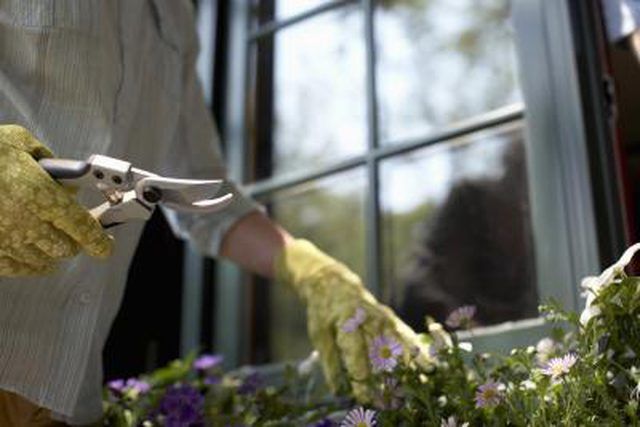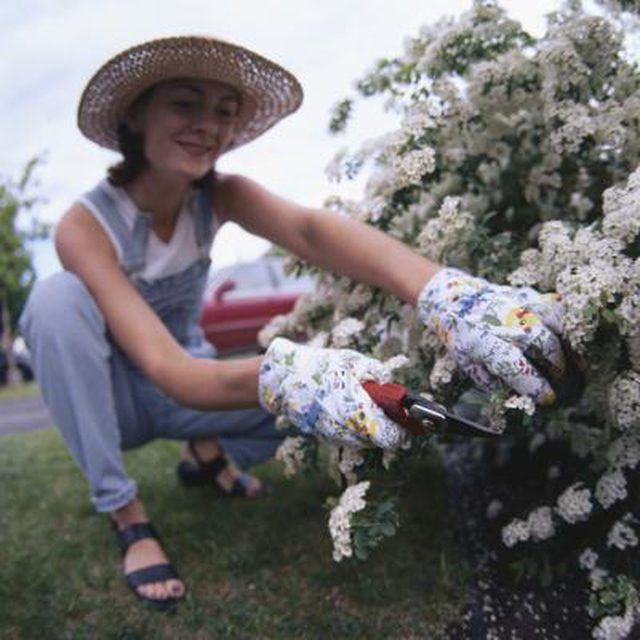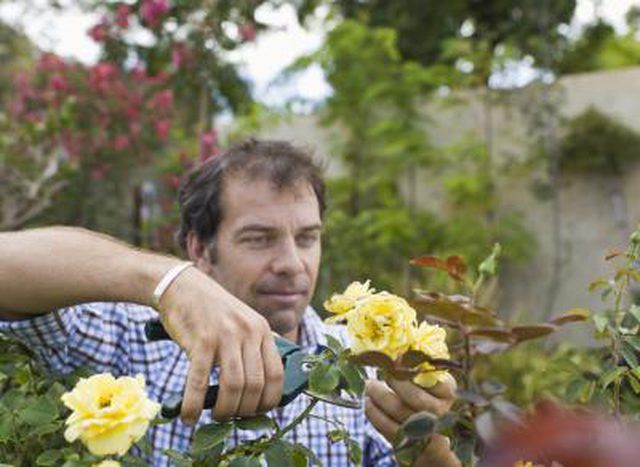Bulbs
Flower Basics
Flower Beds & Specialty Gardens
Flower Garden
Garden Furniture
Garden Gnomes
Garden Seeds
Garden Sheds
Garden Statues
Garden Tools & Supplies
Gardening Basics
Green & Organic
Groundcovers & Vines
Growing Annuals
Growing Basil
Growing Beans
Growing Berries
Growing Blueberries
Growing Cactus
Growing Corn
Growing Cotton
Growing Edibles
Growing Flowers
Growing Garlic
Growing Grapes
Growing Grass
Growing Herbs
Growing Jasmine
Growing Mint
Growing Mushrooms
Orchids
Growing Peanuts
Growing Perennials
Growing Plants
Growing Rosemary
Growing Roses
Growing Strawberries
Growing Sunflowers
Growing Thyme
Growing Tomatoes
Growing Tulips
Growing Vegetables
Herb Basics
Herb Garden
Indoor Growing
Landscaping Basics
Landscaping Patios
Landscaping Plants
Landscaping Shrubs
Landscaping Trees
Landscaping Walks & Pathways
Lawn Basics
Lawn Maintenance
Lawn Mowers
Lawn Ornaments
Lawn Planting
Lawn Tools
Outdoor Growing
Overall Landscape Planning
Pests, Weeds & Problems
Plant Basics
Rock Garden
Rose Garden
Shrubs
Soil
Specialty Gardens
Trees
Vegetable Garden
Yard Maintenance
How to Deadhead Knockout Roses
How to Deadhead Knockout Roses. Deadheading is a type of pruning where faded blooms are removed from a plant. Plants, particularly roses, are deadheaded to extend the amount of time the plant produces flowers, keep the plant compact and tidy, and stop the plant from producing seeds. Knockout roses are deadheaded to keep the plant looking tidy as...
Deadheading is a type of pruning where faded blooms are removed from a plant. Plants, particularly roses, are deadheaded to extend the amount of time the plant produces flowers, keep the plant compact and tidy, and stop the plant from producing seeds. Knockout roses are deadheaded to keep the plant looking tidy as this rose produces blooms from mid to late spring through fall even without deadheading. Knockout roses produce flushes of blooms every five to six weeks. Removing faded blooms can decrease the time between bloom production and increase the size and quality of the flowers.

Things You'll Need
Plastic bucket
Bleach
Water
Pruning shears
Rose gloves or heavy-duty leather work gloves
Trash bag
Step 1
Make a disinfecting/sanitizing solution using bleach and water. Use a 1:10 dilution (1 part bleach to 10 parts water). Mixing the solution in a graded (has units of measurement on the side) bucket makes the solution portable as well as easier to mix. Sterilize your pruning shears in the 1:10 bleach solution between plants. Sterilize your pruning shears between cuts if you have a rose with a fungal or bacterial disease. Dip the cutting blades in the 1:10 solution. Open and close the blades several times while submerged. The blades do not have to dry before you start pruning.

Step 2
Prune faded and damaged blooms 1/2 to 1 inch above the nearest strong buds (the place where leaves and branches emerge) or branches.
Step 3
Avoid scratches and scrapes caused by rose thorns by wearing rose gloves or heavy-duty leather work gloves.

Step 4
Make pruning cuts on a 45-degree angle. The cut should angle away (meaning the short end should be closest to the bud or branch) from the bud or branch.

Step 5
Either burn deadheaded blooms or place in a trash bag and set out for trash pickup.
